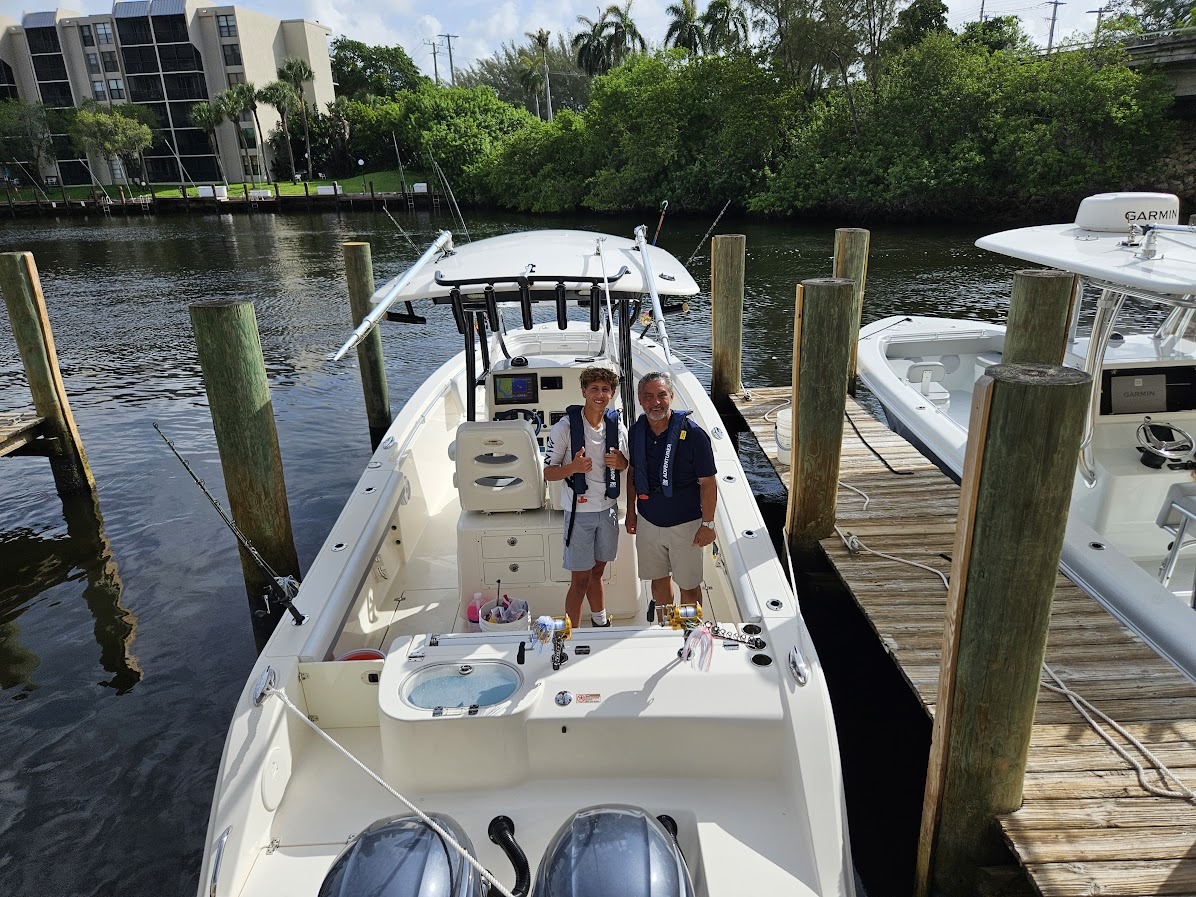
Docking a boat in wind or current can be daunting, but with the right techniques, you can master this essential skill. Whether you’re pulling into a marina or tying up at a pier, this guide offers practical steps to dock safely and confidently in challenging conditions. Learn how to assess wind and current, use the ferrying technique, and avoid common mistakes—all while keeping safety first.
Why Docking in Wind or Current Is Challenging
Wind and current can push your boat off course, making precise control tricky. Even a 5 mph wind can affect your trajectory, while currents can pull your vessel sideways or backward. Understanding these forces and planning your approach is crucial for successful docking.
Key Challenges
- Wind Impact: Pushes the boat, especially when side-on (abeam).
- Current Influence: Moves the boat forward or backward, complicating alignment.
- Control: Maintaining minimum control speed while countering external forces.
Step-by-Step Guide to Docking
Follow these expert techniques, inspired by professional boat handling courses, to dock smoothly in wind or current.
1. Assess Conditions
Before approaching:
- Check Wind and Current: Use flags, water ripples, or apps like Windy.com to gauge wind direction and speed. Check tide tables or local knowledge for current flow.
- Plan Your Approach: Decide whether to approach into the wind, current, or both for maximum control.
Pro Tip: Use wind to your advantage if it’s pushing you toward the dock; adjust angle and speed if it’s pushing you away.
2. Prepare Boat and Crew
Set up for success:
- Lines and Fenders: Position fenders on the dock-facing side at the correct height for fixed or floating docks.
- Crew Duties: Assign tasks like handling lines or maintaining a lookout. Ensure passengers are seated or using three points of contact.
- Test Reverse Gear: Briefly check reverse in neutral to confirm functionality.
Safety Note: Communicate your plan clearly, like a pilot briefing passengers.
3. Approach at a Controlled Angle
Adopt the “Slow is Pro” approach:
- Angle: Approach the dock at a 20-30 degree angle to manage wind or current.
- Minimum Control Speed: Coast at the slowest speed possible, shifting into neutral to control momentum.
- Boater’s Eye: Use a fixed object (e.g., a piling) against a background landmark to monitor drift.
Example: If wind comes from starboard, angle the bow slightly into it to counter drift.
4. Use the Ferrying Technique
Ferrying uses wind or current to move laterally toward the dock:
- Stern to Wind: Pivot so the stern faces the wind, using reverse to hold position and adjust helm for lateral movement.
- Bow to Current: Angle the bow into the current, using forward gear sparingly to control backward drift.
- Practice: Master ferrying in open water to build confidence.
Pro Tip: Use short throttle bursts (forward or reverse), pausing in neutral to assess movement.
5. Final Approach and Docking
As you near the dock:
- Coast: Shift to neutral, coasting until the bow is near the pier and speed is nearly zero.
- Swing Stern In: Briefly shift to reverse and turn toward the dock to align the stern parallel.
- Stop: Halt within 12 inches of the dock using reverse to stop forward momentum.
- Secure: Use proper knots (e.g., cleat hitch) to tie lines, adjusting for tidal differences (1-10 feet).
Caution: Avoid excessive throttle to prevent collisions.
6. Common Mistakes to Avoid
- Too Fast: High speed reduces reaction time and risks crashes.
- Ignoring Forces: Not accounting for wind or current causes misalignment.
- Improper Helm: Turn in neutral (Point and Shoot) to avoid erratic turns.
- No Lookout: Maintain a 360-degree lookout for boats, kayakers, or hazards.
Advanced Tips
- Strong Winds (>10 mph): Use a steeper approach angle (30-45 degrees) and more throttle bursts.
- Strong Currents: Approach into the current, using reverse to slow drift.
- Open Water Practice: Hone ferrying and holding station before busy marinas.
Safety Reminders
- Wear PFDs: Ensure all passengers wear USCG-approved life jackets.
- Communicate: Announce maneuvers clearly.
- Check Equipment: Verify fenders, lines, and reverse gear.
- Tidal Awareness: Adjust lines for tidal ranges, especially in marinas with significant differences.
Conclusion
Docking in wind or current requires preparation, technique, and awareness. By assessing conditions, using ferrying, and embracing “Slow is Pro,” you can dock safely and confidently. Practice in open water, prioritize safety with PFDs and communication, and you’ll handle any marina like a seasoned mariner.